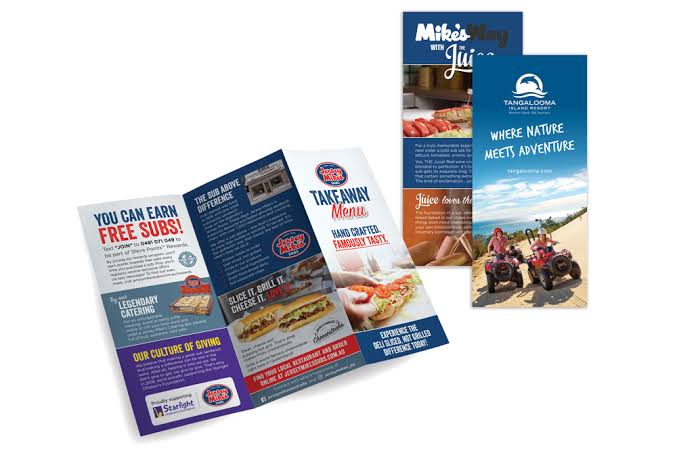Crafting Unforgettable Experiences in Customer Satisfaction
In a world where brands compete fiercely for attention, creating lasting impressions is more important than ever. Customer satisfaction is no longer just a buzzword; it’s the lifeline of successful businesses. Today, we’ll explore how understanding your audience, building a customer-centric culture, personalizing experiences, and much more can significantly enhance customer satisfaction. By the end of this post, you’ll be equipped with essential strategies to keep your customers coming back for more.
Why Customer Satisfaction Matters
Customer satisfaction is the heart of any thriving business. It affects everything from brand reputation to customer loyalty and even bottom-line profits. In today’s fast-paced market, where customers have countless options at their fingertips, ensuring they have a positive experience with your brand can be the difference between success and failure. Understanding how to create lasting impressions is vital. From knowing your audience to exceeding their expectations, each step matters. Let’s explore how these strategies can be applied effectively.
Getting to Know Your Audience
Understanding your audience is the first step toward creating lasting customer satisfaction. Knowing who your customers are, what they want, and how they perceive your brand allows you to tailor your offerings to meet their needs. This understanding can be gained through research, surveys, and direct interactions with customers. By doing so, you build a relationship based on trust and loyalty, making your brand a preferred choice.
Building a Customer-Centric Culture
Creating a culture that prioritizes customer satisfaction across all levels of your organization can lead to sustainable success. A customer-centric culture is not just about offering great products but also about delivering exceptional experiences. It requires a shift in mindset, where every employee understands their role in enhancing customer satisfaction.
Start by aligning your company’s goals with the needs of your customers. Encourage communication and collaboration among teams to ensure everyone is working toward the same objective. Training programs can be used to instill a customer-first mentality, fostering an environment where customer satisfaction is a collective responsibility.
Adding Personal Touches
Personalization and customization have become key drivers in creating lasting impressions. Customers want to feel recognized and valued, and personalized experiences can provide just that. Whether it’s a personalized email, tailored product recommendations, or custom packaging, these touches can make all the difference.
For instance, considering custom plastic molding for packaging might offer customized designs that align with a client’s brand identity. This not only enhances satisfaction but builds a sense of ownership and partnership with the brand. Investing in technology to gather insights on customer preferences can further empower your personalization efforts.
Fostering Open Communication
Effective communication and feedback are essential for understanding and addressing customer needs. Open communication channels allow customers to express their thoughts, concerns, and suggestions, giving your brand valuable insights into their experiences.
Encourage feedback through surveys, social media, and direct interactions. Actively listen to what your customers are saying and show them that their opinions matter by making necessary improvements. This not only resolves current issues but demonstrates a commitment to continuous improvement, enhancing customer trust and satisfaction.
Surpassing Expectations
Going the extra mile can turn satisfied customers into brand advocates. Look for innovative ways to exceed expectations, whether through surprise gifts, exclusive offers, or personalized follow-ups. These gestures show that you genuinely care about your customers’ experiences and are willing to do more than the bare minimum.
Consider hosting events or workshops that provide additional value to your customers. A packaging company, for instance, might offer free seminars on sustainability in packaging. Such events not only build goodwill but position your brand as a thought leader in your industry.
The Importance of Metrics
Measuring customer satisfaction is crucial for understanding how well your strategies are working. Metrics such as Customer Satisfaction Score (CSAT) can provide valuable insights into customer sentiment.
Regularly analyze these metrics to identify trends, strengths, and areas for improvement. By doing so, you can refine your strategies, ensuring they align with customer expectations and industry standards. Continuous improvement leads to more satisfied customers and a stronger brand reputation.
Conclusion
Customer satisfaction is not a one-time goal but an ongoing commitment to excellence. By understanding your audience, building a customer-centric culture, personalizing experiences, and more, you create lasting impressions that resonate with your customers. These strategies not only enhance satisfaction but foster loyalty and drive business success.
Keep an eye for more news & updates on Next Forbes!






